Zhou Qin
Spectral Invariant Learning for Dynamic Graphs under Distribution Shifts
Mar 08, 2024Abstract:Dynamic graph neural networks (DyGNNs) currently struggle with handling distribution shifts that are inherent in dynamic graphs. Existing work on DyGNNs with out-of-distribution settings only focuses on the time domain, failing to handle cases involving distribution shifts in the spectral domain. In this paper, we discover that there exist cases with distribution shifts unobservable in the time domain while observable in the spectral domain, and propose to study distribution shifts on dynamic graphs in the spectral domain for the first time. However, this investigation poses two key challenges: i) it is non-trivial to capture different graph patterns that are driven by various frequency components entangled in the spectral domain; and ii) it remains unclear how to handle distribution shifts with the discovered spectral patterns. To address these challenges, we propose Spectral Invariant Learning for Dynamic Graphs under Distribution Shifts (SILD), which can handle distribution shifts on dynamic graphs by capturing and utilizing invariant and variant spectral patterns. Specifically, we first design a DyGNN with Fourier transform to obtain the ego-graph trajectory spectrums, allowing the mixed dynamic graph patterns to be transformed into separate frequency components. We then develop a disentangled spectrum mask to filter graph dynamics from various frequency components and discover the invariant and variant spectral patterns. Finally, we propose invariant spectral filtering, which encourages the model to rely on invariant patterns for generalization under distribution shifts. Experimental results on synthetic and real-world dynamic graph datasets demonstrate the superiority of our method for both node classification and link prediction tasks under distribution shifts.
PIAT: Parameter Interpolation based Adversarial Training for Image Classification
Mar 24, 2023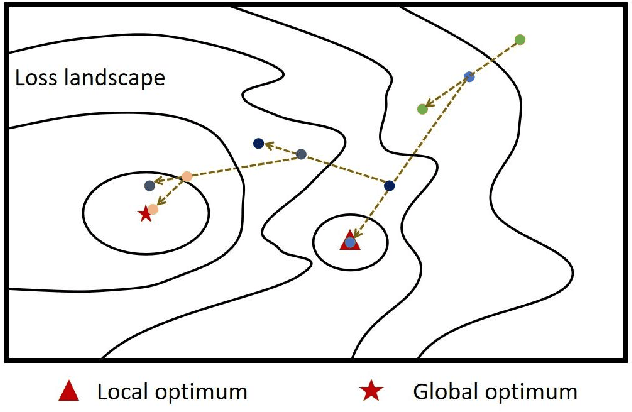
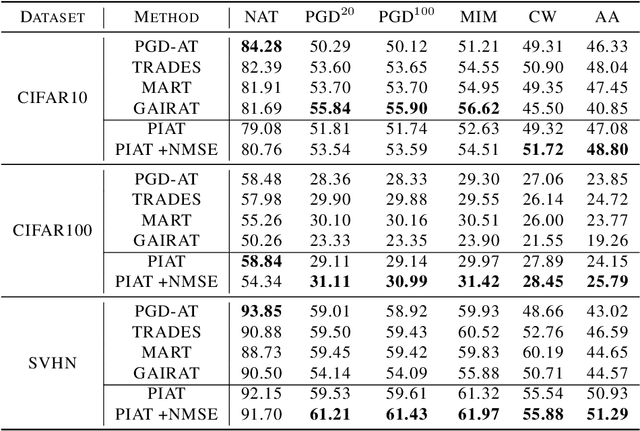
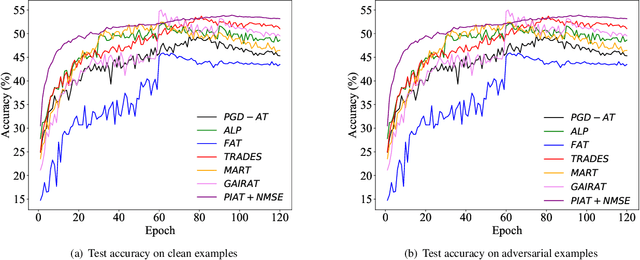
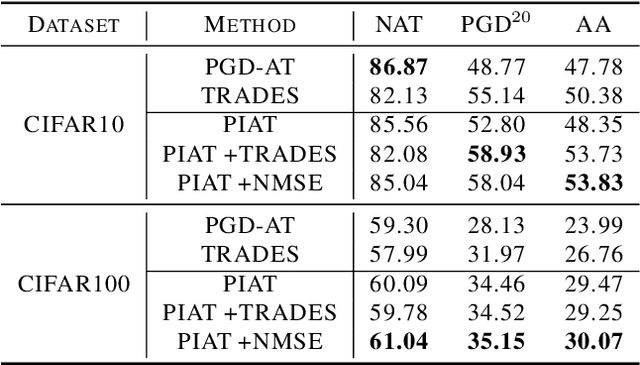
Abstract:Adversarial training has been demonstrated to be the most effective approach to defend against adversarial attacks. However, existing adversarial training methods show apparent oscillations and overfitting issue in the training process, degrading the defense efficacy. In this work, we propose a novel framework, termed Parameter Interpolation based Adversarial Training (PIAT), that makes full use of the historical information during training. Specifically, at the end of each epoch, PIAT tunes the model parameters as the interpolation of the parameters of the previous and current epochs. Besides, we suggest to use the Normalized Mean Square Error (NMSE) to further improve the robustness by aligning the clean and adversarial examples. Compared with other regularization methods, NMSE focuses more on the relative magnitude of the logits rather than the absolute magnitude. Extensive experiments on several benchmark datasets and various networks show that our method could prominently improve the model robustness and reduce the generalization error. Moreover, our framework is general and could further boost the robust accuracy when combined with other adversarial training methods.
Structure Enhanced Graph Neural Networks for Link Prediction
Jan 14, 2022

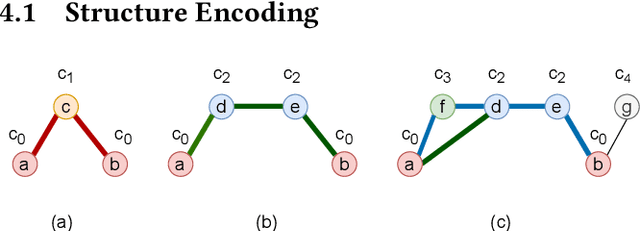
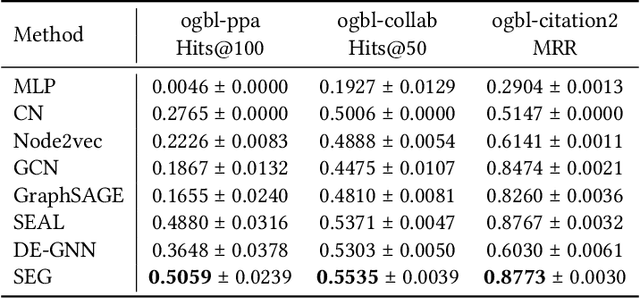
Abstract:Graph Neural Networks (GNNs) have shown promising results in various tasks, among which link prediction is an important one. GNN models usually follow a node-centric message passing procedure that aggregates the neighborhood information to the central node recursively. Following this paradigm, features of nodes are passed through edges without caring about where the nodes are located and which role they played. However, the neglected topological information is shown to be valuable for link prediction tasks. In this paper, we propose Structure Enhanced Graph neural network (SEG) for link prediction. SEG introduces the path labeling method to capture surrounding topological information of target nodes and then incorporates the structure into an ordinary GNN model. By jointly training the structure encoder and deep GNN model, SEG fuses topological structures and node features to take full advantage of graph information. Experiments on the OGB link prediction datasets demonstrate that SEG achieves state-of-the-art results among all three public datasets.
Spam Review Detection with Graph Convolutional Networks
Aug 22, 2019

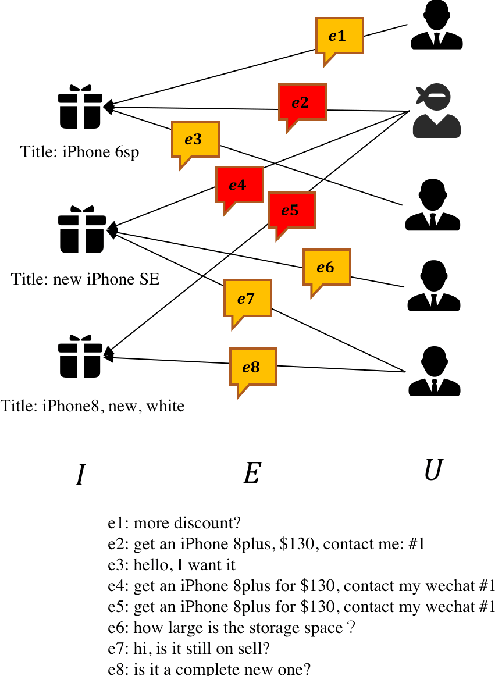
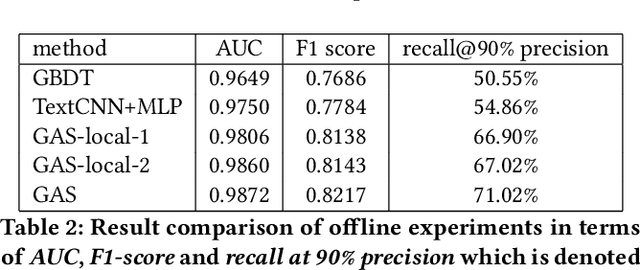
Abstract:Customers make a lot of reviews on online shopping websites every day, e.g., Amazon and Taobao. Reviews affect the buying decisions of customers, meanwhile, attract lots of spammers aiming at misleading buyers. Xianyu, the largest second-hand goods app in China, suffering from spam reviews. The anti-spam system of Xianyu faces two major challenges: scalability of the data and adversarial actions taken by spammers. In this paper, we present our technical solutions to address these challenges. We propose a large-scale anti-spam method based on graph convolutional networks (GCN) for detecting spam advertisements at Xianyu, named GCN-based Anti-Spam (GAS) model. In this model, a heterogeneous graph and a homogeneous graph are integrated to capture the local context and global context of a comment. Offline experiments show that the proposed method is superior to our baseline model in which the information of reviews, features of users and items being reviewed are utilized. Furthermore, we deploy our system to process million-scale data daily at Xianyu. The online performance also demonstrates the effectiveness of the proposed method.
 Add to Chrome
Add to Chrome Add to Firefox
Add to Firefox Add to Edge
Add to Edge